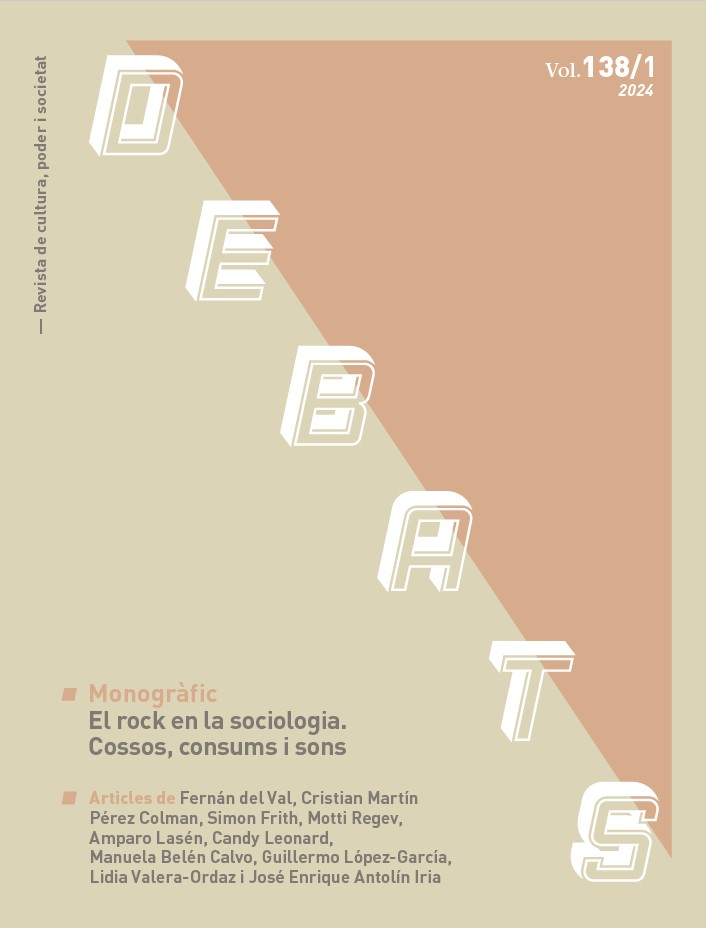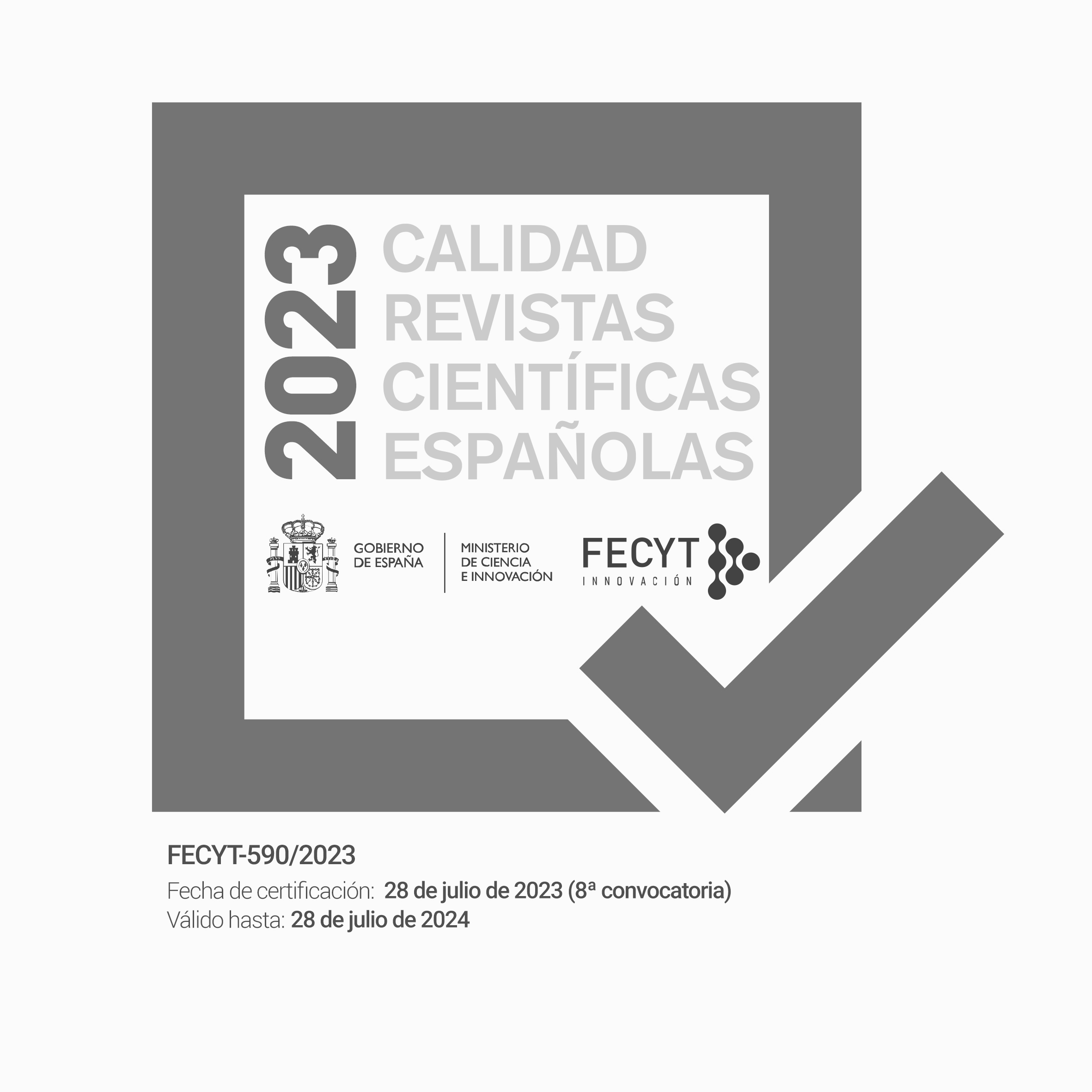Performing Rites revisited
DOI:
https://doi.org/10.28939/iam.debats-138-1.1Keywords:
valor; música popular; escoltar; ballar; transmetre; eleccióAbstract
Performing Rites. On the Value of Popular Music was first published 25 years ago. The aim of the book was to address issues relating to musical value and to show that arguments about whether music was good or bad were as vital for popular music culture as for high art. In this paper, I consider the changes in popular music practices and studies that have occurred over the last quarter of a century and reflect on the effects these changes have had on value discourse. The changes that interest me are the digital transformation of musical communication, leading to new ways of making, listening to and sharing music; the demographic forces that have reshaped both the geography and the ecology of the music market; and the emergence of electronic dance music in a new economy of ‘live’ music. What does it mean for a sociological approach to aesthetics that people no longer have to listen to music they do not like? That a once commonly overlooked and undervalued apparatus of music authority (music radio and the music press) has been undermined by algorithms? That dancing is such an important way of listening? What is a ‘musician’ in the digital age? In addressing these questions, I acknowledge too that, just as popular music makers and listeners are constructed as such by their historical and discursive possibilities, so, too, are popular music scholars. We are free to study what and how we like but only under the circumstances in which we find ourselves. How have these circumstances changed since 1996?
Downloads
References
Bennett, L. (2012). Patterns of listening through social media: online fan engagement with the live music experience.
Social Semiotics, 22(5), 545-57.
Ewens, H. (2019). Fangirls: Scenes from Modern Music Culture. Londres: Quadrille.
Fabbri. F., i Quiñones, M. G. (2014). Listening to the Shadows, forty-eight years later, and for the first time. Volume!,
11(1), 208-223.
Fairley, J. (2014). Living Politics, Making Music. Farnham: Ashgate.
Frith, S. (2018). Why there is not such a thing as popular music. En E. Encabo (ed.), Sound in Motion. Newcastle upon
Tyne: Cambridge Scholars 1-13.
Frith, S., Brennan, M., Cloonan, M., i Webster, E. (2013). The History of Live Music in Britain since 1950. Volume 1: From
Dance Hall to the 100 Club. 1950-1967. Farnham: Ashgate.
Frith, S., Brennan, M., Cloonan, M., i Webster, E. (2019). The History of Live Music in Britain since 1950. Volume 2: From
Hyde Park to the Haçienda. 1968-1984. Abingdon: Ashgate/Routledge.
Frith, S., Brennan, M., Cloonan, M., i Webster, E. (2021). The History of Live Music in Britain since 1950. Volume 3: From
Live Aid to Live Nation. 1985-2015. Abingdon: Ashgate/Routledge.
Greenlaw, L. (2021). Some Answers Without Questions. Londres: Faber & Faber.
Hesmondhalgh, D., Osborne, R., Sun, H., i Barr, K. (2021). Music Creators’ Earnings in the Digital Era. Londres: Intellectual
Property Office.
Downloads
Published
Versions
- 2025-08-27 (9)
- 2025-03-20 (8)
- 2025-03-20 (7)
- 2025-03-20 (6)
- 2025-03-20 (5)
How to Cite
Issue
Section
License
Without prejudice to the provisions of article 52 of Spanish Law 22/1987 of November 11 on Intellectual Property, BOE (official state bulletin) of November 17, 1987, and pursuant to said legislation, the author(s) surrender(s) free of charge its rights of edition, publication, distribution and sale of the article, for its publication in Debats. Journal on Culture, Power and Society.
Debats. Journal on Culture, Power and Society is published under the Creative Commons license system in accordance with the «Recognition - Non-Commercial (by-nc) modality: The generation of derivative works is permitted provided that commercial use is not made. Nor can the original work be used for commercial purposes».
Thus, when the author submits his/her contribution, he/she explicitly accepts this assignment of publishing and publishing rights. Authors also authorize Debats. Journal on Culture, Power and Society to include their work in an issue of the journal to be distributed and sold.











